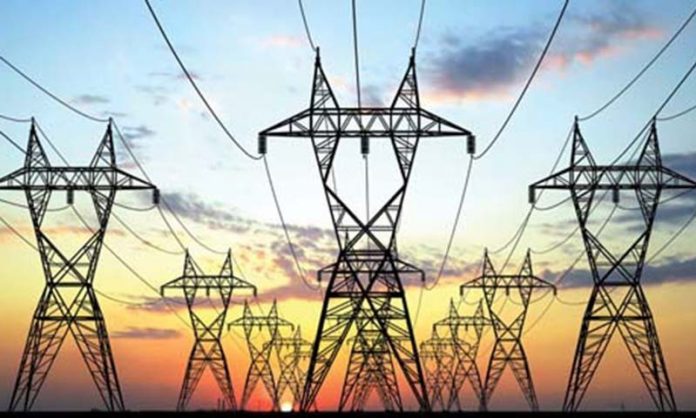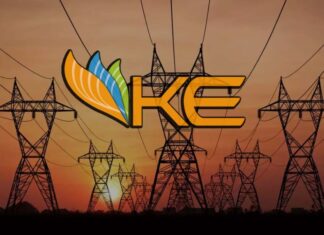With energy companies facing a looming default crisis and warning the government of invoking sovereign guarantees, the Ministry of Water and Power has resorted to asking the Prime Minister Nawaz Sharif for an allocation of additional subsidy to clear outstanding bills in the energy sector. An official has claimed that the entire subsidy allocated for the energy sector for the current fiscal year has been exhausted and there is nothing left to pay off outstanding debts.
At the end of January this year, the circular debt increased by Rs 50b to reach a total of Rs370b.
In the previous fiscal year, subsidy payments had jumped to Rs196.54 billion compared to the target of Rs137.6 billion. According to official documents, Rs95.4 billion had been set aside for subsidising the power industry, excluding K-Electric.
Receivables of Pakistan State Oil (PSO) – stand at Rs280 billion whereas the Ministry of Finance has only released a meager amount of Rs 20b. Power producers are major defaulters as they owe PSO Rs228b.
The allocated power subsidy is over Rs100 billion every year and a major chunk of it is contributed by the consumers themselves. This is in addition to payments of Rs200 billion a year due to surcharges and high benchmark transmission and distribution losses set by the National Electric Power Regulatory Authority (Nepra).
The power ministry, in a meeting of the Economic Coordination Committee (ECC) held on February 13, revealed that the power sector’s burden on national budget had been brought down from 2.4% of gross domestic product in 2012-13 to around 0.7% in 2014-15.
The ministry pointed out the release of subsidies from federal budget generated funds for the power sector. The burden of subsidy has somewhat been eased out after the imposition of tariff rationalisation surcharge on high-end consumers.
The ministry claims that the power sector has shown considerable improvement in its performance over the past two years. Its recoveries improved from 88-89% to 93% in 2016, the highest in history. Similarly, transmission and distribution losses came down to 17.8% in December 2016.
These has led to an increase in cash flows of Rs116 billion in the past two years. Generation companies, which reported losses of Rs7.78 billion in 2013-14, overcame the loss and reported net profit of Rs5.77 billion in 2015-16.
























